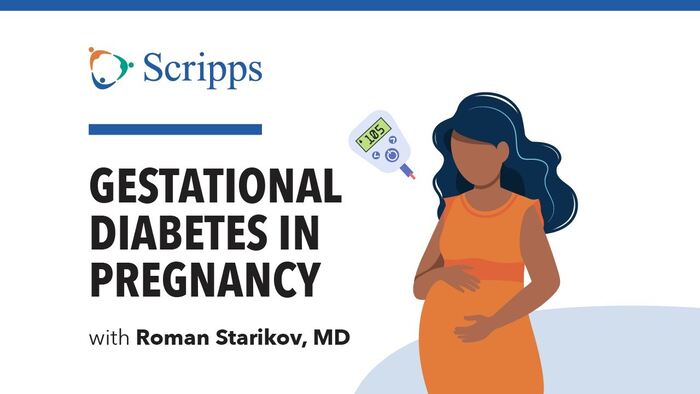Gestational diabetes mellitus (GDM) is a form of diabetes that arises during pregnancy, typically during the second or third trimester. Although it’s temporary and usually resolves postpartum, it’s crucial to understand its causes, risks, and management. Let’s dive deeper into the factors that contribute to gestational diabetes.
Contents
The Basics of Diabetes and Pregnancy
Every cell in your body requires glucose for energy. Insulin, a hormone produced by the pancreas, assists cells in absorbing glucose from the bloodstream. During pregnancy, certain hormones produced by the placenta can make a woman’s cells more resistant to insulin, a phenomenon known as insulin resistance.

What Causes Gestational Diabetes?
- Hormonal Changes: As the placenta develops and supports the fetus, it releases hormones that can lead to accumulated glucose in the blood. While the body usually responds by producing more insulin, in some women, this isn’t enough to overcome insulin resistance, leading to GDM.
- Excessive Weight: Women who are overweight or obese before becoming pregnant are at a higher risk. Excess fat can increase the body’s resistance to insulin.
- Genetic Predisposition: Women with a family history of diabetes might have an increased risk of developing GDM.
- Age: Being older, typically over the age of 25, can increase the risk of gestational diabetes.
- Previous GDM: Women who had GDM in a past pregnancy have a higher likelihood of experiencing it again.
- Race: African-American, Hispanic, Native American, Asian, and Pacific Islander women are more likely to develop GDM than other groups.
FAQs
1. Can gestational diabetes harm my baby?
Yes, if not controlled. High blood sugar can lead to larger babies, which can complicate delivery. Babies might also have low blood sugar at birth or be at a higher risk for type 2 diabetes later in life.
2. Will I have diabetes after giving birth?
Most women with GDM see their blood sugar levels return to normal postpartum. However, they are at an increased risk for type 2 diabetes in the future.
3. How is gestational diabetes diagnosed?
It’s usually diagnosed through an oral glucose tolerance test between the 24th and 28th week of pregnancy.
4. Can gestational diabetes be prevented?
While there’s no surefire way to prevent it, maintaining a healthy weight, adopting a balanced diet, and staying physically active can reduce the risk.
5. How is GDM managed?
It’s primarily managed through diet and exercise. Some women might also need medication or insulin.
Conclusion
Gestational diabetes, though temporary, is a condition to be taken seriously. By understanding its causes and being proactive about monitoring and management, most women can have healthy pregnancies and deliver healthy babies. Always consult with a healthcare professional if you believe you’re at risk or if you have any concerns about your health or your baby’s health.
